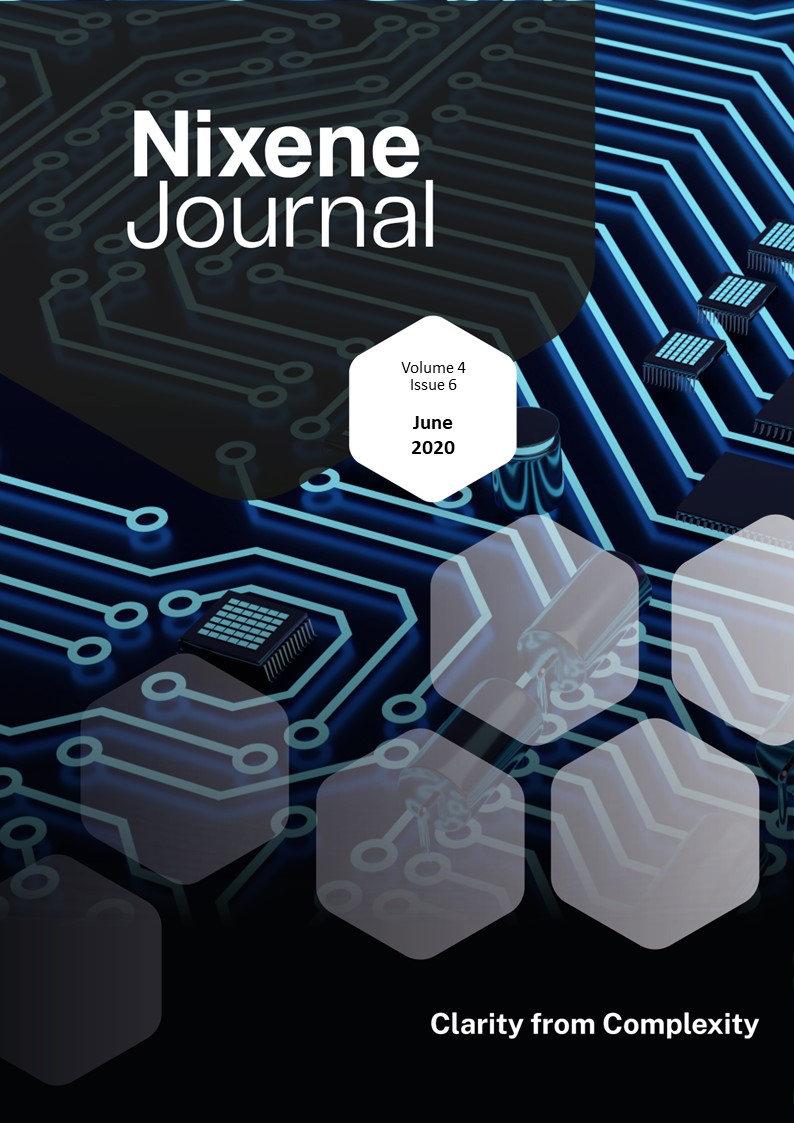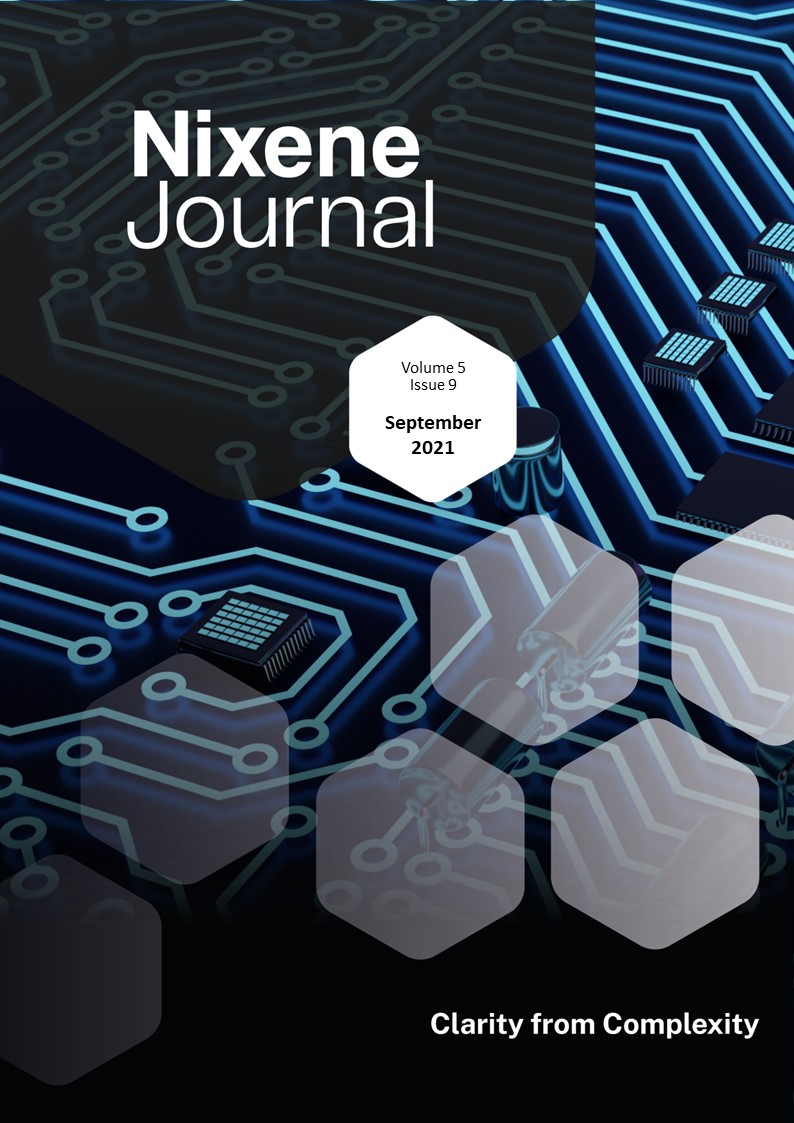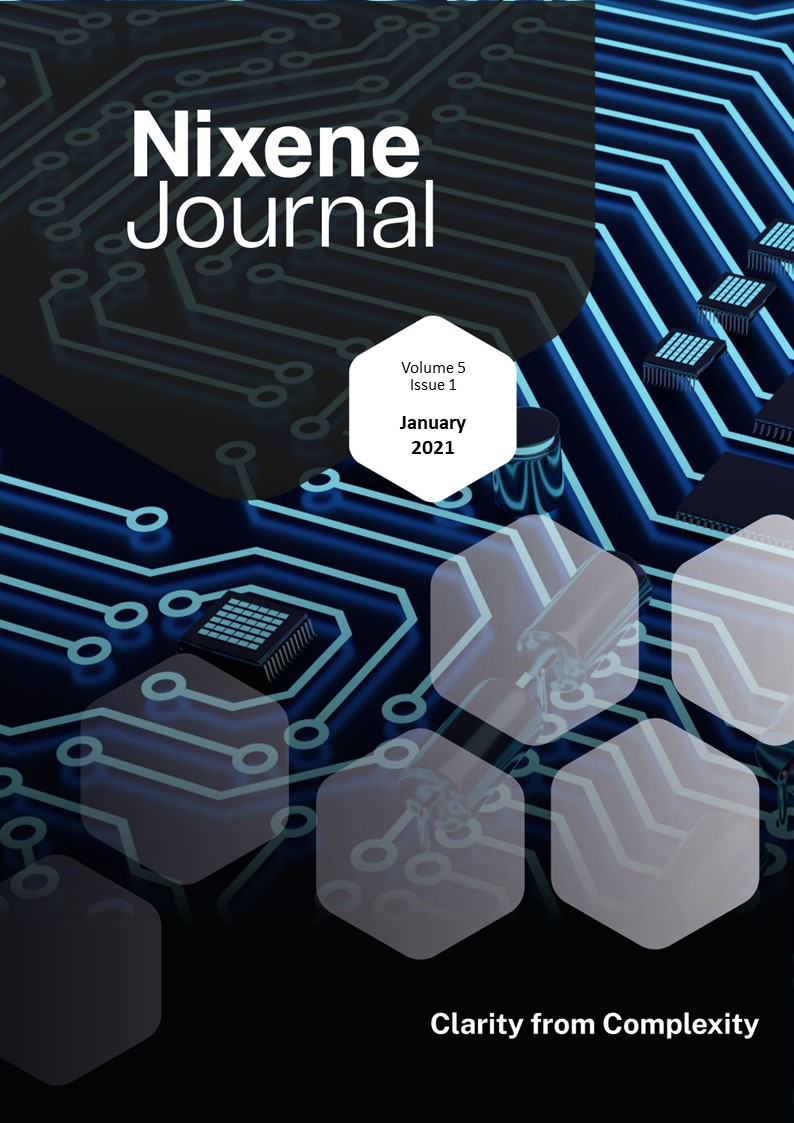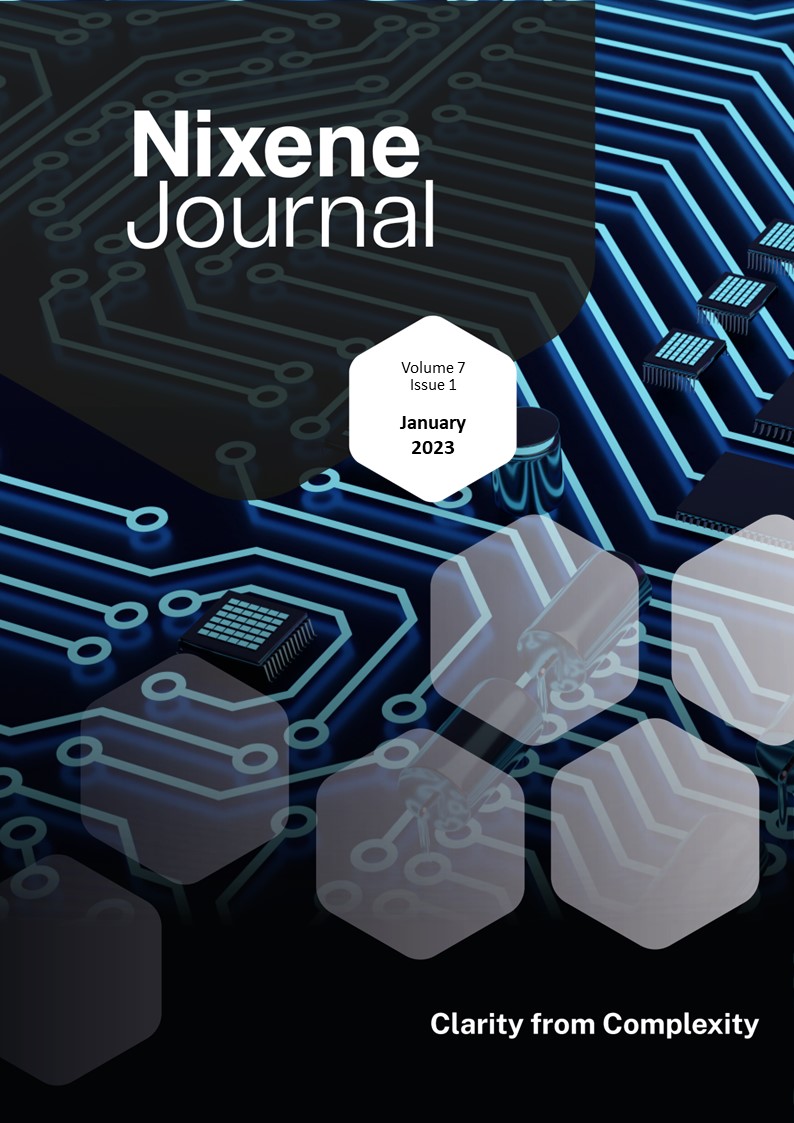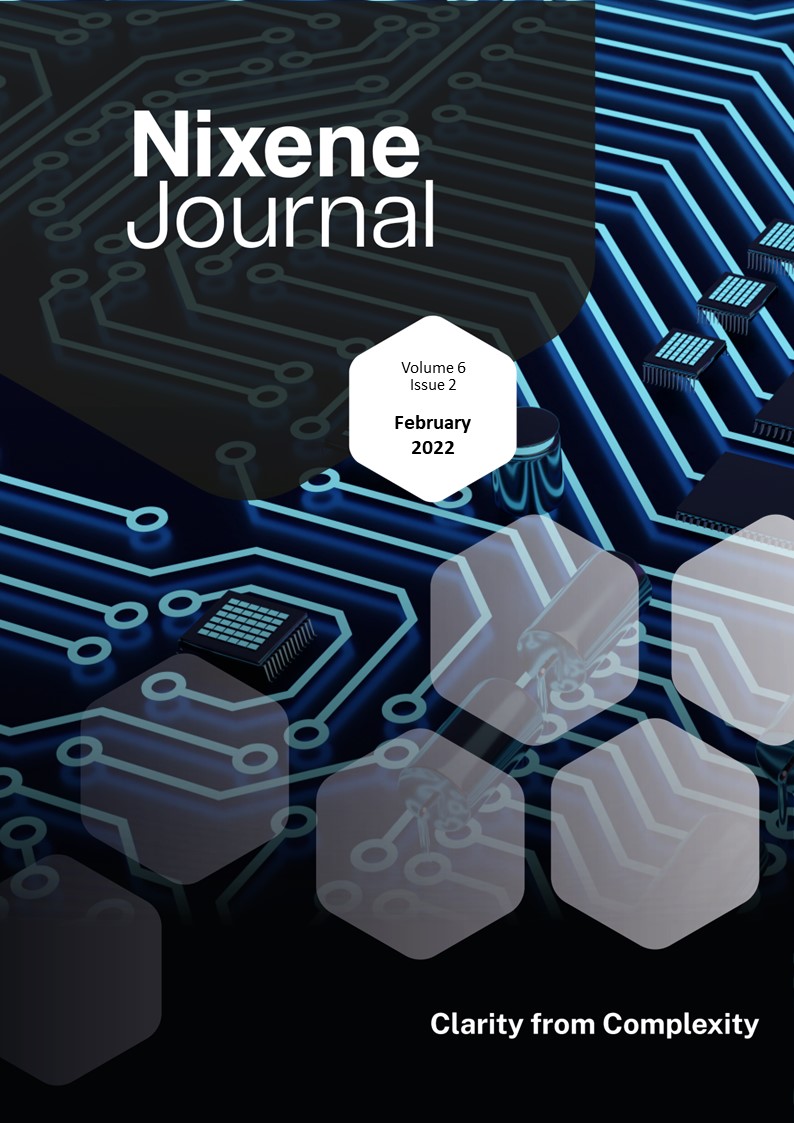Description
This month we feature two Nobel Prize-winners and the top female scientist in the USA. We have two special features this month.
Debbie Nelson, our Editor in the Americas managed to gain exclusive interviews with Prof. Kostya Novoselov and Dr. Aruna Zhamu. Aruna is the female scientist with the most patents for graphene and 2D materials in the USA and a great advocate for supporting women in science and engineering. She is currently working on energy storage with a focus on supercapacitors.
Debbie also interviewed Kostya and found him to be very approachable and open to talking about his work. In particular we wanted to know about his support for the graphene hackathon. Kostya is fully supporting this and encouraging the next generation of science technology engineering and mathematics (STEM) graduates to get actively engaged with the initiative. With luck this should still take place in Manchester, UK later this year and Kostya will try his best to be there in person.
We will also be attending in person as Nixene Publishing is a partner of the graphene hackathon. Whenever this event can be restarted, we will be there and will cover the excitement and technology that the graduates dream up for the challenge.
The other Nobel Prize-winner is, of course, Prof. Andre Geim. Andre delivered one of the National University of Singapore’s CHAOS webinars this month. This was titled 2D empty space and its unusual properties. Andre and his team have developed the skills to manipulate 2D materials at the atomic layer level and can control the spaces and voids in stacks of 2D heterostructures. He is discovering surprising behaviours at the atomic level. The teams are now figuring out exactly what this means, so we will watch this space, in all senses of the word.
On the commercial side of things graphene composites are featuring prominently. First Graphene is developing polymer composites for piping and also marine use. Skeleton is working with a company called NanoMaylasia to develop an electric motorsports vehicle called the Hydrogen-Paired Electric Race car (HyPER). This combines supercapacitor technology with hydrogen fuel cells.
We also see more commercial activity claiming graphene can combat the Corona Virus. What we do not see is any hard proof to back up these claims and continue to recommend caution in this whole field.
What we can wholeheartedly recommend is that you dive into this month’s issue because as usual there is so much more to read than I can mention on one page
Adrian Nixon,
1st June 2020

